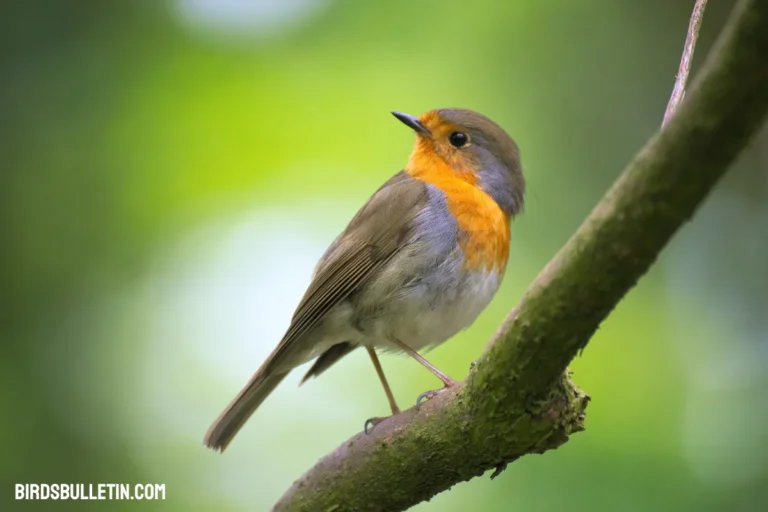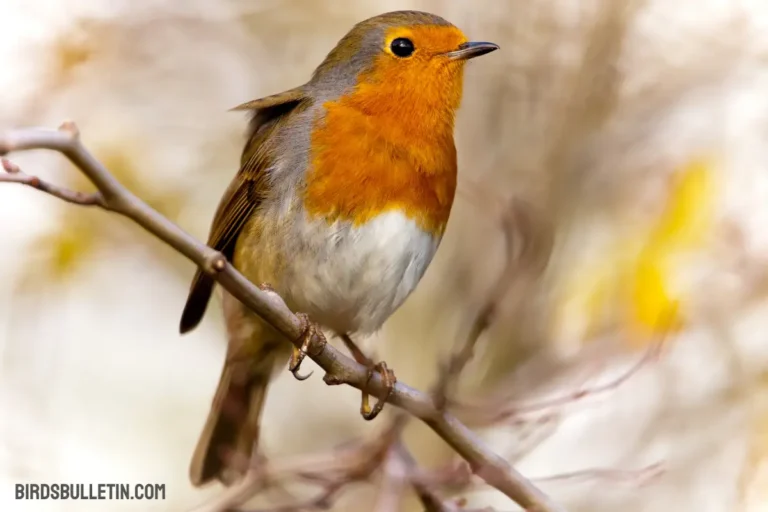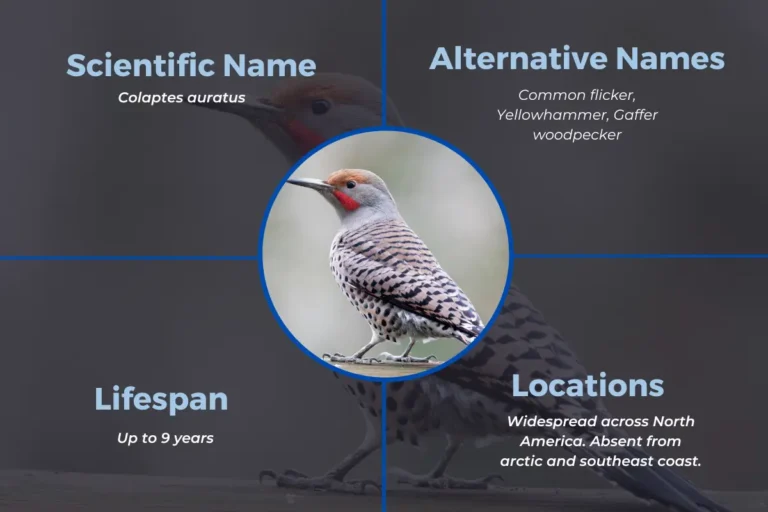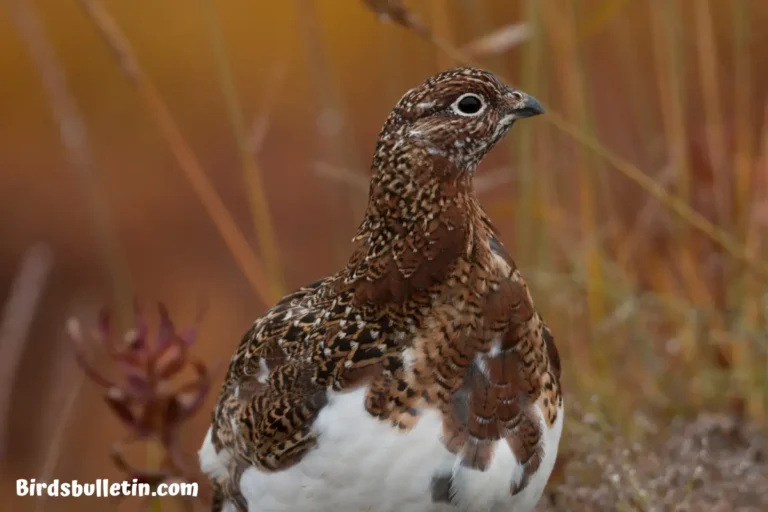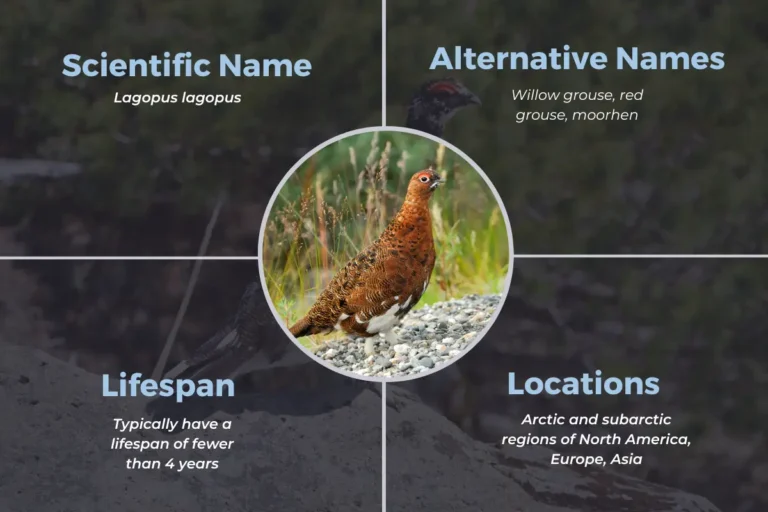Lagopus Lagopus Kozlowae Overview
The Mongolian Snowcock, is a distinctive bird species found in the northern regions of Mongolia and southern Siberia. Its unique habitat and features have captured the attention of bird enthusiasts and researchers alike.
This overview offers an in-depth look into the scientific classification, identification, habitat, conservation status, and other essential aspects of this captivating avian species.
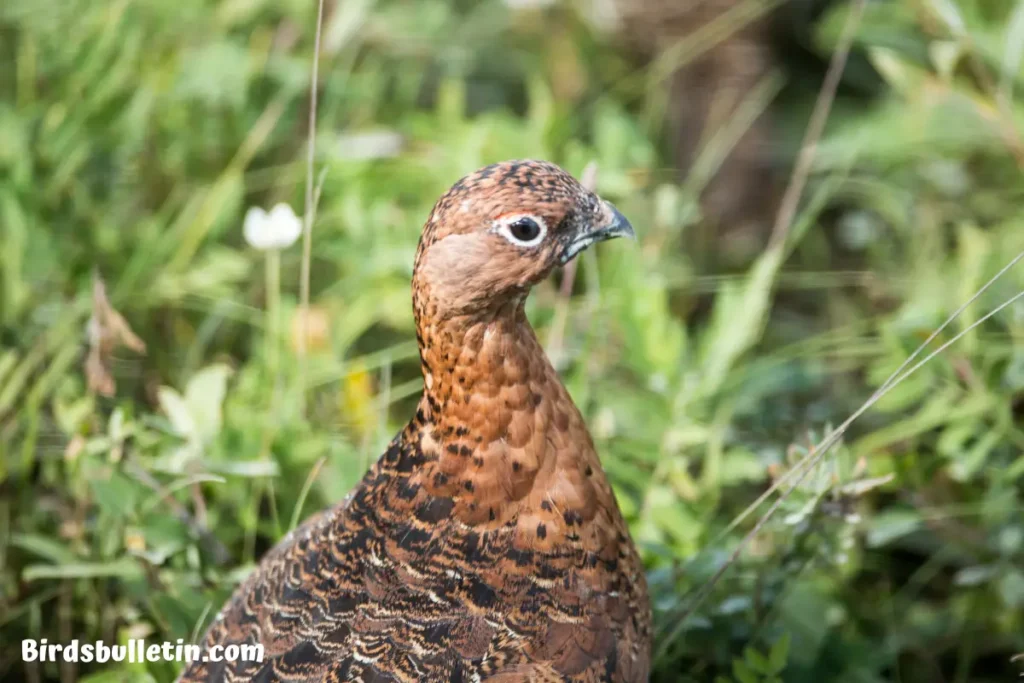
Looking for more overview about bird subspecies:
Scientific Classification
- Kingdom: Animalia
- Phylum: Chordata
- Class: Aves
- Order: Galliformes
- Family: Phasianidae
- Genus: Lagopus
- Species: L. lagopus
- Subspecies: Lagopus Lagopus kozlowae
Identification
Mongolian willow ptarmigan is a medium-sized, chicken-like bird with feathered feet. Its plumage undergoes seasonal molts from snow white in winter to mottled brown in summer. Distinguishing features include its short, curved bill and feathers covering its nostrils. The male has a red comb over its eyes.
Location
L. l. kozlowae is found in high alpine regions of the Altai and Hangay Mountains in northern Mongolia, as well as the western Sayan Mountains in southern Siberia. It inhabits rocky slopes, meadows, and mountain shrublands up to 4,500 m elevation.
Interesting Facts
One of the remarkable traits of the Mongolian Snowcock is its ability to navigate steep and rocky terrains with agility. These birds are often seen in groups, displaying social behavior within their communities.
Their diet primarily consists of plant matter, including leaves, buds, and seeds, enabling them to sustain themselves in environments with limited food resources.
Status
The conservation status of L. lagopus kozlowae is of concern due to factors such as habitat degradation and hunting. Its remote alpine habitat offers protection, and it is currently not considered a threatened subspecies.
Conservation of Natural Habitat
Conserving intact alpine areas is important for protecting Mongolian Snowcock. Regulating grazing, recreation, and development in sensitive high elevation zones helps reduce disturbance. The subspecies occurs in protected areas across its range.
Frequently Asked Questions
01. How does Kozlov’s ptarmigan survive harsh alpine winters?
Thick insulating feathers, fat reserves, and the ability to burrow into snow allow it to endure freezing mountain winters.
02. What is the main prey of Kozlov’s ptarmigan?
Its diet consists mainly of willow twigs and buds in winter. During summer it also eats seeds, leaves, berries, and insects.
03. Why does its plumage change colors?
Molting into white winter feathers provides camouflage against snow. Mottled brown summer plumage blends into the open tundra as snow melts.
Summary
Kozlov’s willow ptarmigan or Mongolian Snowcock is a subspecies uniquely adapted to cold, mountainous areas of Central Asia. With cryptic plumage and feathered feet, it is equipped to handle frigid alpine conditions. Continued habitat conservation aims to maintain stable ptarmigan populations within this ecosystem.



